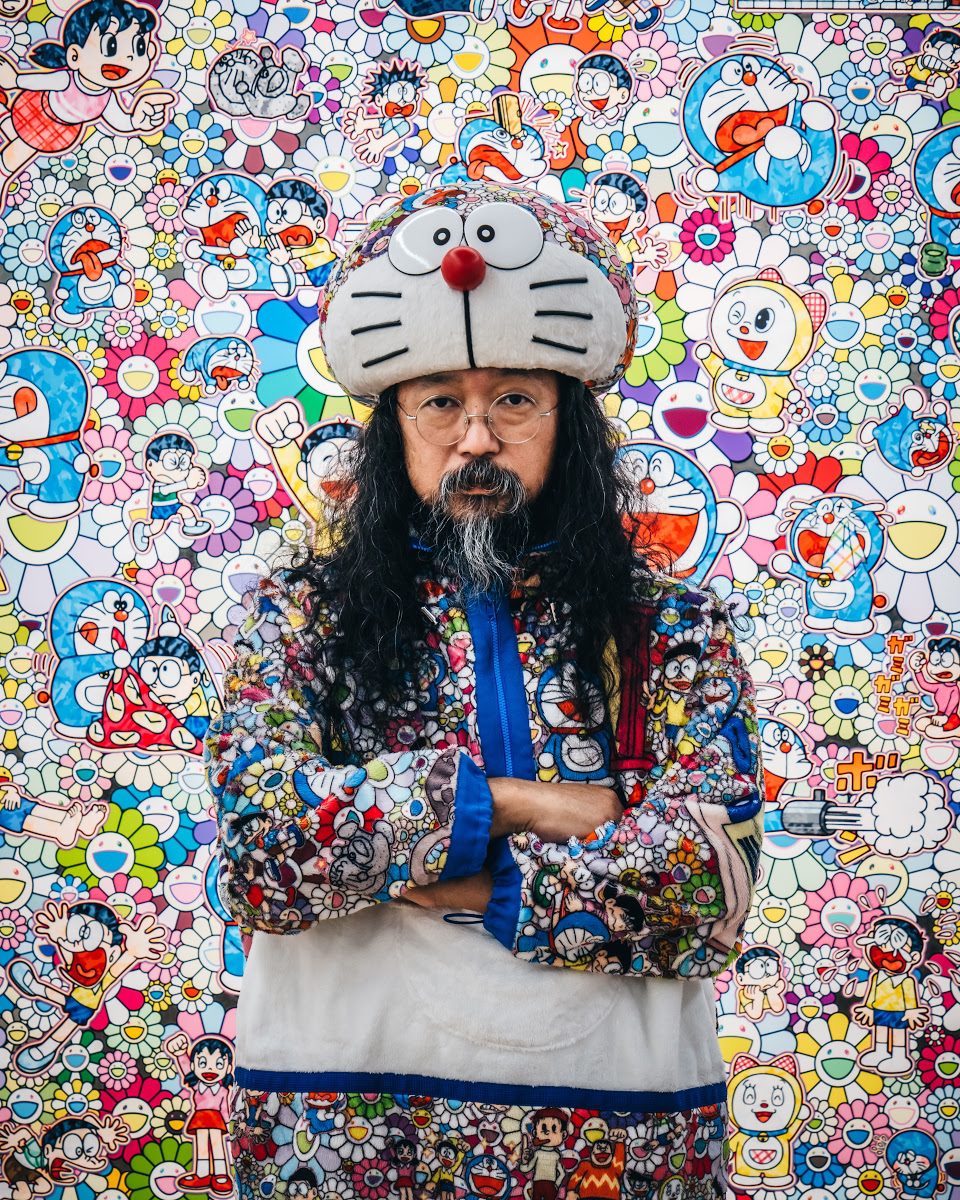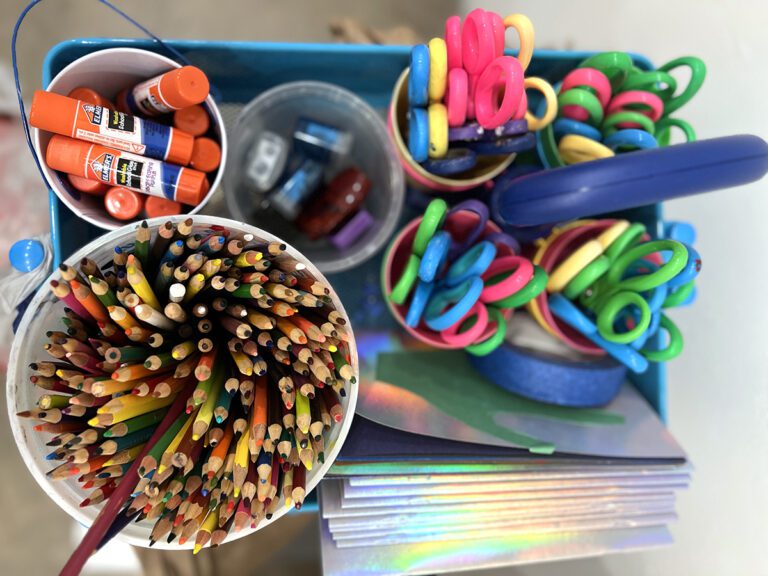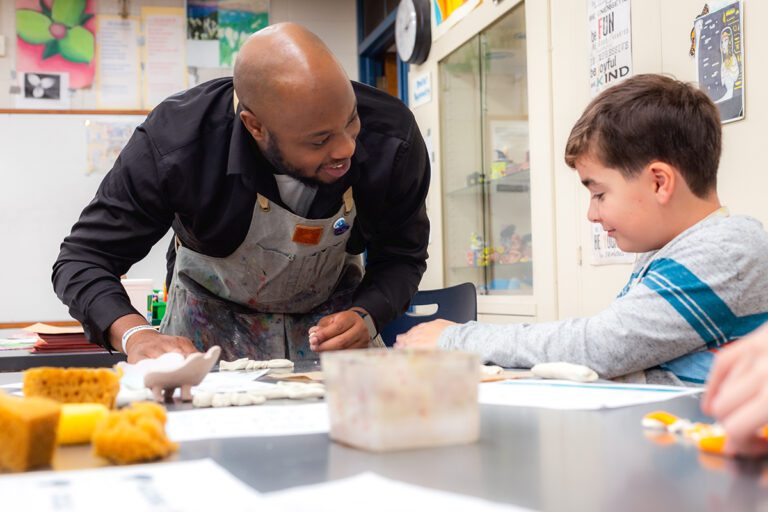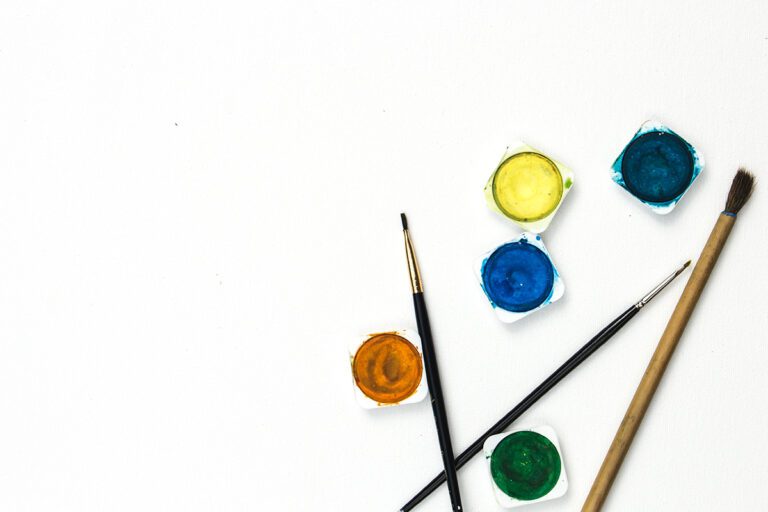Note: Be sure to review all resources and preview all artists before determining if they are appropriate to share with your students.
Of course, we can do it all—but we can also ask for help and delegate. Delegation is essential for artists. Throughout history, visual artists used assistants, proteges, and volunteers. These extra sets of hands and pairs of eyes freed artists up so they had more mental capacity and time to dream and imagine BIG. Many were also able to produce artworks that increased in sheer size and quantity. In exchange, the helper can receive recognition, earn pay, build their resume, network in the art world, and learn new techniques. If great artists of the past and present can delegate well to prioritize and get more done, art teachers can too!
Let’s look at 10 artists who shared their workload to achieve great things!
1. Dale Chihuly delegates to construct large-scale pieces.
Dale Chihuly is a contemporary glassblower who manages a troupe of artists. Collaboration and teamwork are essential to creating his famous large-scale pieces. He manages up to 17 glassblowers and assistants at one time for a single artwork! Chihuly learned how to manage and motivate a team of people from his father, a union organizer. He watched glassblowers work in teams in Murano, Italy, and brought this process back to the U.S. Putting together a team takes time but is well worth the investment. In a New York Times article, Chihuly said, “The more I worked, the more I sold work, the more people I could hire.” Now that Chihuly is in his early 80s, he sketches his ideas and delegates tasks to his team to create.
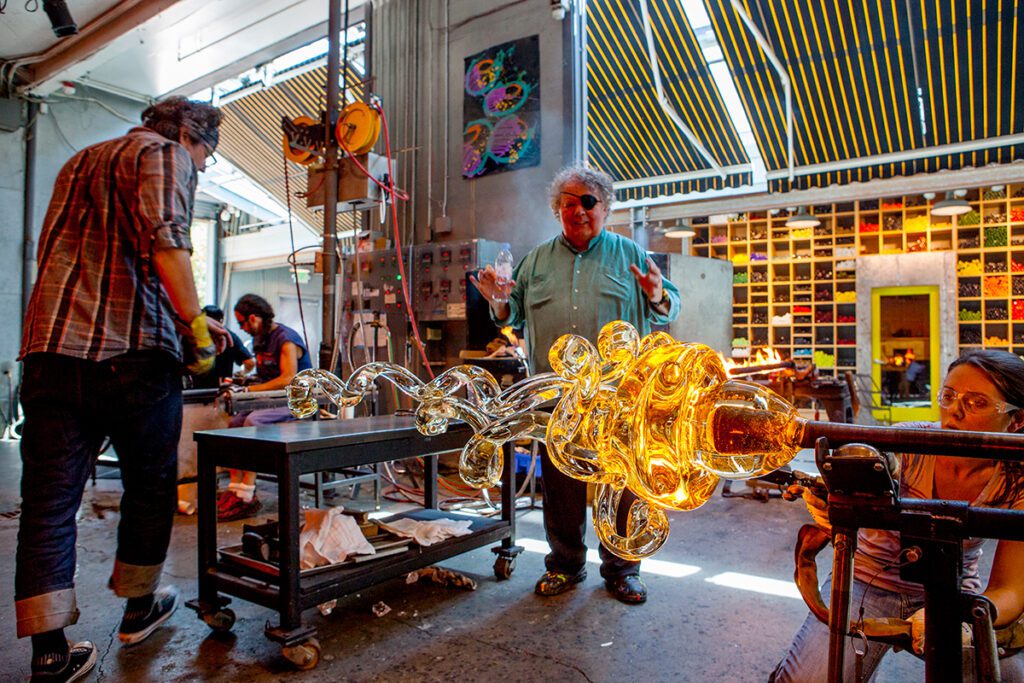
2. Marilyn Minter delegates to produce new artworks.
Marilyn Minter is a contemporary American artist. She dabbles in a variety of mediums such as painting, photography, and video. Her popular pieces consist of hyperrealistic paintings and colorful photographs that focus on the human body and aim to define beauty. Minter hires both full-time employees and freelance painters to produce large amounts of work.
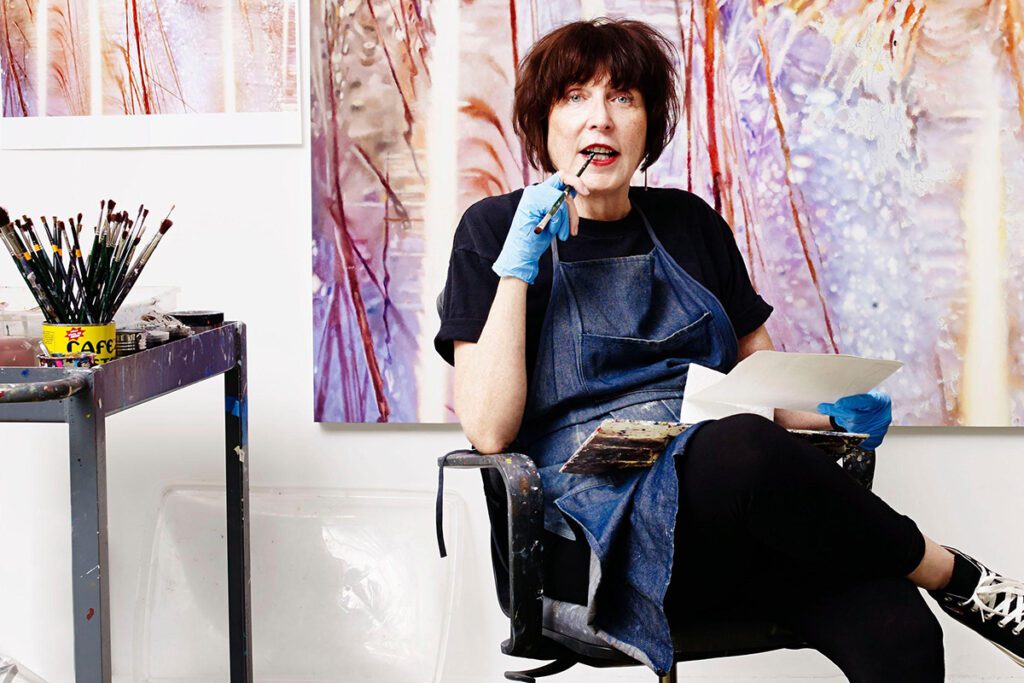
3. Henri Matisse delegated to overcome physical limitations.
Henri Emile Benoit Matisse was a French Fauvist painter and sculptor who used spectacular colors and flat shapes. In his later years, Matisse underwent a colostomy and used a wheelchair. In order to continue making art, he switched to collage and hired assistants. They helped Matisse paint paper and cut shapes to compose gigantic paper cut-outs.
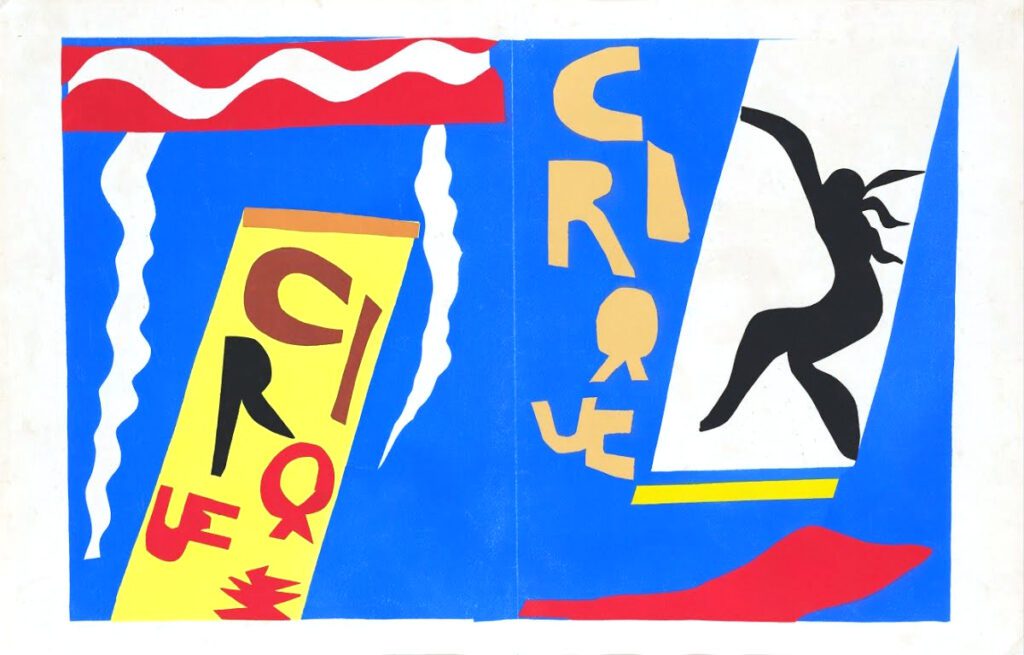
4. Andy Warhol delegated to reinforce ideas around mass production and manufacturing.
Andy Warhol was an American Pop Art artist who longed for popularity and fame. He had assistants to quickly manufacture artwork at a large scale. In alignment with his vision, he named his studio “The Factory.” Warhol enjoyed hanging out with oddballs and eccentrics. He held “coloring parties” where he invited his friends over to literally color his artwork.

5. Takashi Murakami delegates to scale the size of his artwork.
Takashi Murakami is a contemporary artist known for his smiling repetitive flowers. The Japanese subculture of Otaku, which combines innocence with violence, is a major source of inspiration. Murakami shares his sketches with a studio full of artists. They help Murakami bring his vision to life and paint under his supervision.
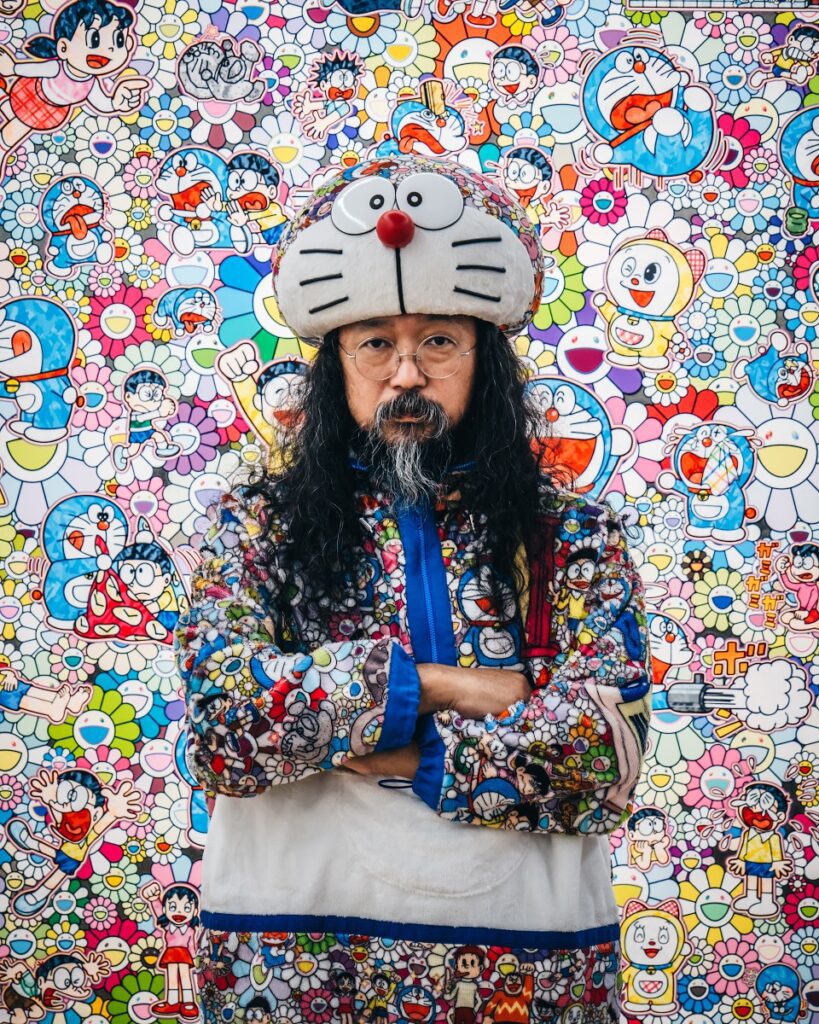
6. Louise Nevelson delegated work to gain a collaborator and friend.
Louise Nevelson was an American sculptor who constructed monochromatic assemblages. Artist and assistant, Theodore “Teddy” Haseltine, eventually became a friend and confidante after 12 years. Nevelson treated Teddy as her own son, rivaling her biological son, Mike.
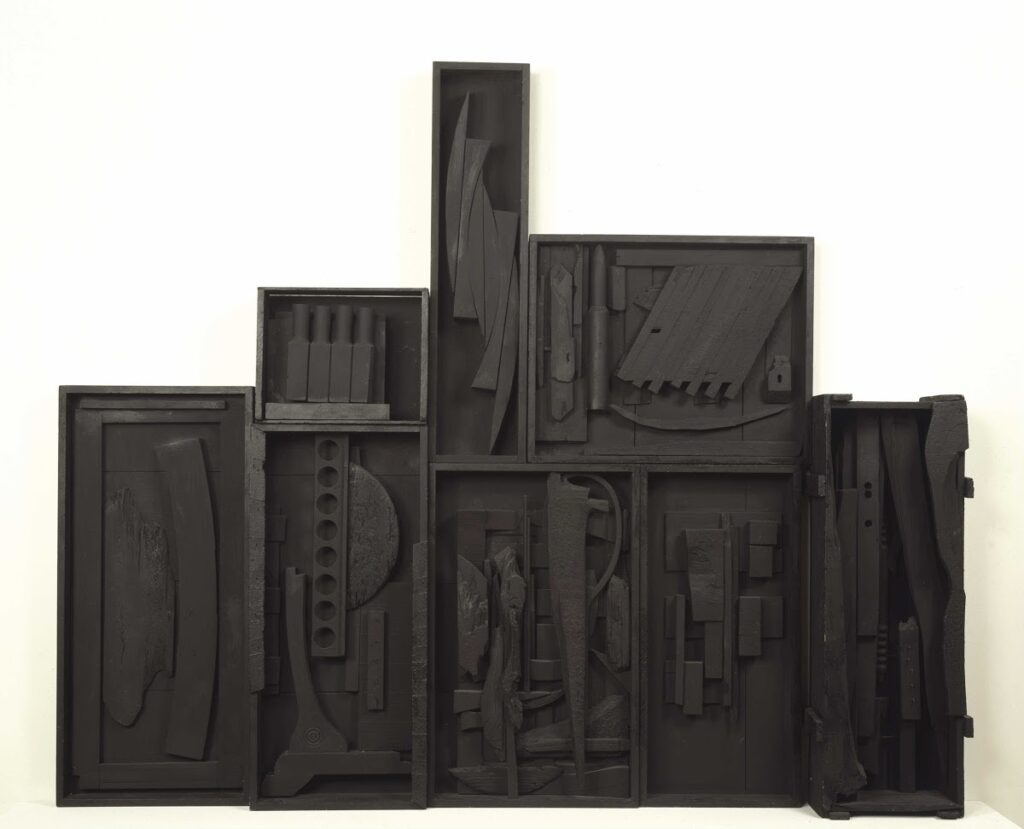
7. Jeff Koons delegates to generate new ideas.
Jeff Koons is a contemporary artist who creates painted metal sculptures of balloon dogs. Koons understands how to manage people, so he networks and oversees a team of artists. He modeled his studio after Andy Warhol’s Factory. Koons said, “I’ve always enjoyed having more of an idea and then having distance.” Having studio assistants gives him the time and mental space to brainstorm more ideas. For example, Koons will create a digital collage from magazines and advertisements and then his assistants will grid it onto a huge canvas to paint while he moves onto something else.
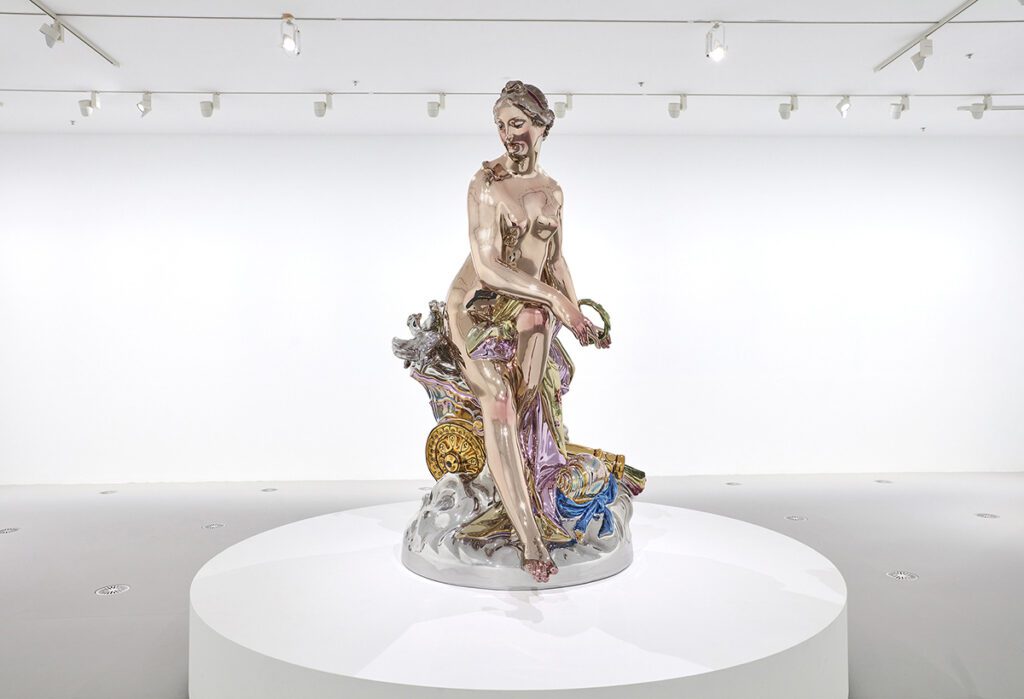
8. Damien Hirst delegates to encourage other creatives.
Damien Hirst is a contemporary British artist who explores mixed media, installation, and sculpture. Hirst has a huge team of assistants to conceptualize his ideas. In an interview, Hirst shared, “I get two types of people who work for me: people who want to be assistants because they have tried art and don’t like the pressure or the uncertainty of that world… and the other kind who want to learn from me to go off and do their own thing. I like to encourage both.” Some of his assistants go off and do their own thing, like Rachel Howard who is pursuing a writing career.

9. Peter Paul Rubens delegated to mentor others.
Peter Paul Rubens, a Flemish Baroque oil painter, depicted elements of Christianity. Reubens’ assistants completed his underpaintings. One of his pupils, Andrew Van Dyck, rose to fame as a prominent portrait and landscape painter with his own studio and assistants.
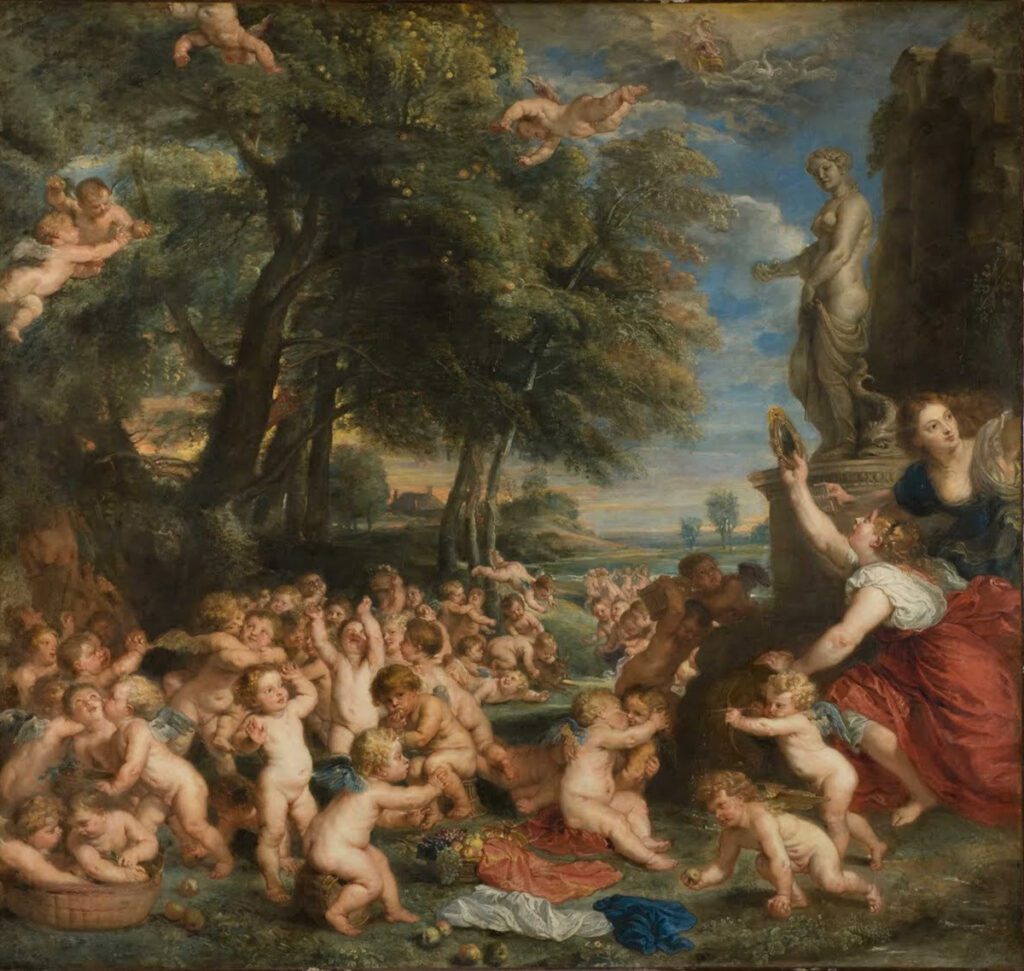
10. Michelangelo delegated to teach others and accomplish massive-scale artwork.
Michelangelo di Lodovico Buonarroti Simoni is famous for being a pizza-loving turtle and a Renaissance painter. Michelangelo’s masterpieces include the marble statue of David, the murals in the Sistine Chapel, and the dome of Saint Peter’s Basilica. The magnificent Sistine Chapel ceiling wasn’t painted in one day by one man. Michelangelo and a team of assistants completed the ethereal fresco together.
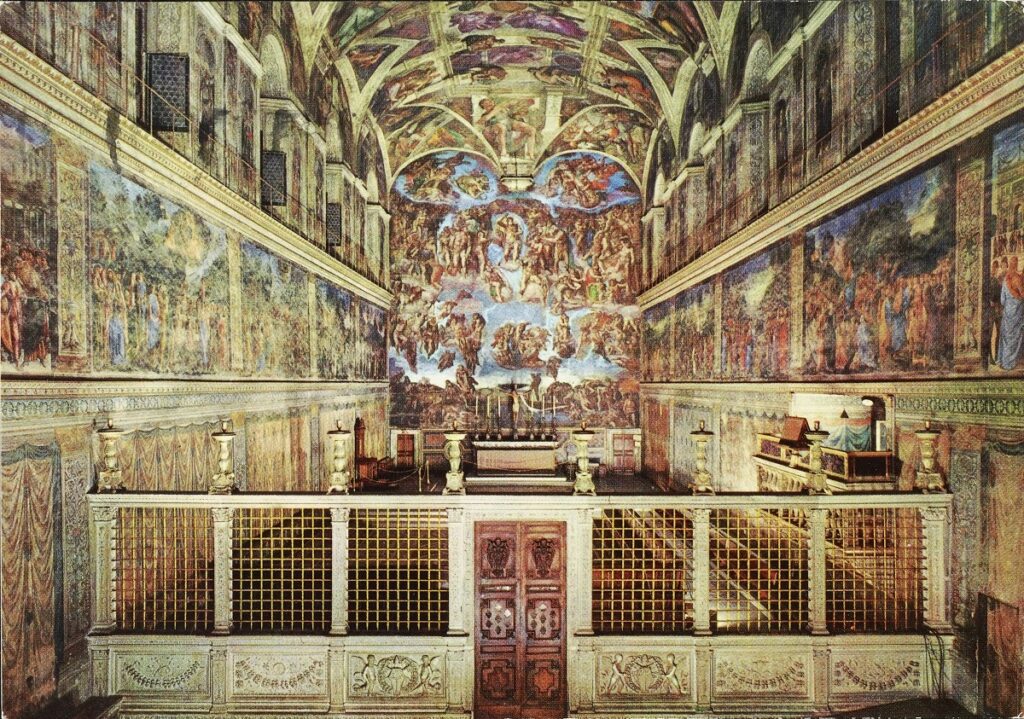
Successful visual artists know hiring help doesn’t mean they are sell-outs or lazy. Instead, they know asking for help frees up valuable time to focus on other creative endeavors and produce more work. Get inspired by the list of artists above and start delegating tasks in your art room. Provide a list of clean-up jobs for early finishers, garner parent volunteers to hang your art show, and collect donations from local businesses. Allow others to take on small daily tasks so you can prioritize the bigger picture—advocate for your program, be an art teacher leader, and refine your curriculum. Delegate now so you can best provide for yourself and your students in the long run.
What tasks will you delegate this year?
How has delegating in the past helped you and your students grow and accomplish more?
Magazine articles and podcasts are opinions of professional education contributors and do not necessarily represent the position of the Art of Education University (AOEU) or its academic offerings. Contributors use terms in the way they are most often talked about in the scope of their educational experiences.
